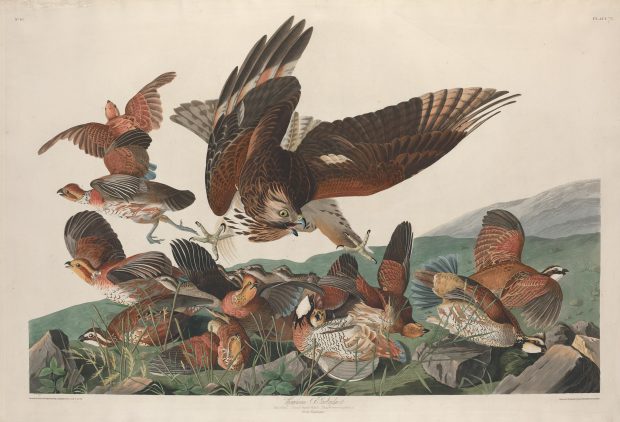There is a relationship between landscape and language. Being able to read a landscape and to name the things we see is a critical skill for nature lovers and environmental humanists alike. In observing and experiencing a landscape, we draw on both our senses and our accumulated knowledge to identify landscape features and characteristics. In doing so, nature becomes a collection of signs from which we can derive meaning and information. Trees, moss, grass, stones, hills, streams, and lakes are but some examples, but also evidence of human activity such as trails, structures, signs, tracks, and trash all give us clues to the various layers of meaning in landscapes. A website developed by William Cronon and his graduate students is a wonderful resource for learning what it means to read a landscape. As Cronon’s guide states, “Landscape consists not only of the physical and material elements we encounter in a place, but also the representations of these things via texts, including arts, maps, and pictures.” Nature writing is very often centered on the bodily experience of nature, on accessing nature through the five senses (sight, touch, smell, hearing, and taste). At the same time, it is evident that we are also drawing on a wealth of cultural knowledge, in language, tradition, history, when sensing through the body. Every language has a highly specialized vocabulary to characterize such landscape features, tied up with the long history of the cultural usage of landscapes. In a recent article discussing his new book Landmarks, the British nature writer Robert Macfarlane explored these relations between landscape and language and his attempts to catalogue local words for nature phenomena. Some examples: Ammil, “a Devon term for the thin film of ice that lacquers all leaves, twigs and grass blades when a freeze follows a partial thaw, and that in sunlight can cause a whole landscape to glitter.”Zwer, an Exeter ”onomatopoeic term for “the sound made by a covey of partridges taking flight.”Smeuse, an English dialect…
A post speculating on a new vocabulary for digital nature, originally published on Ant Spider Bee.
